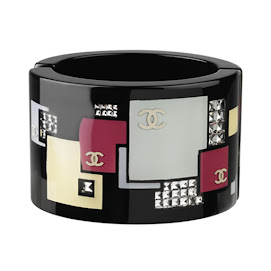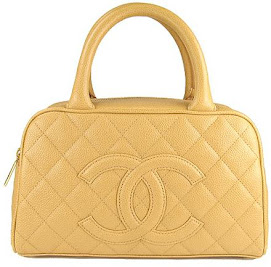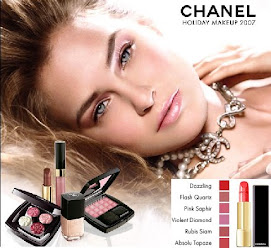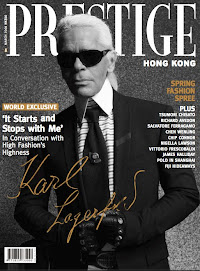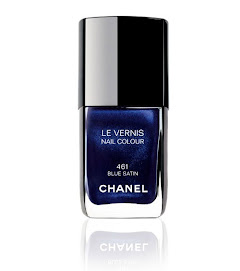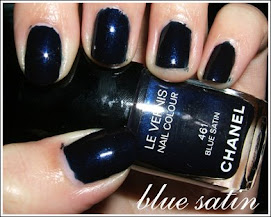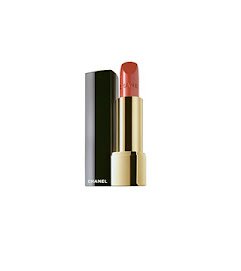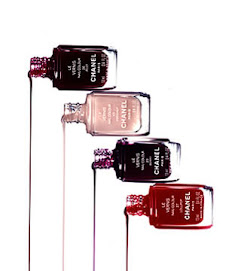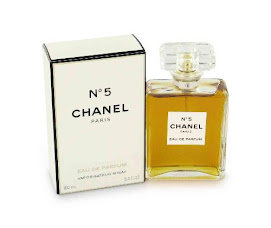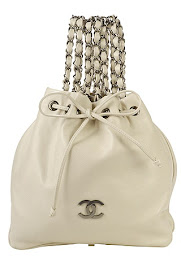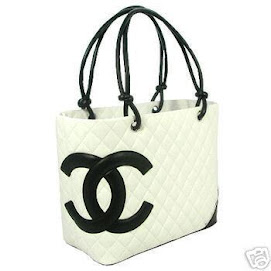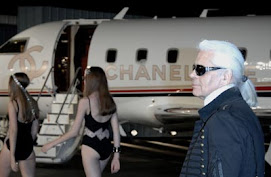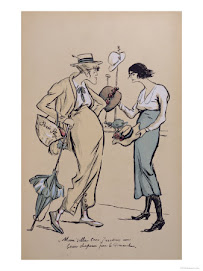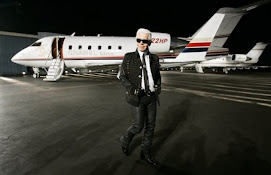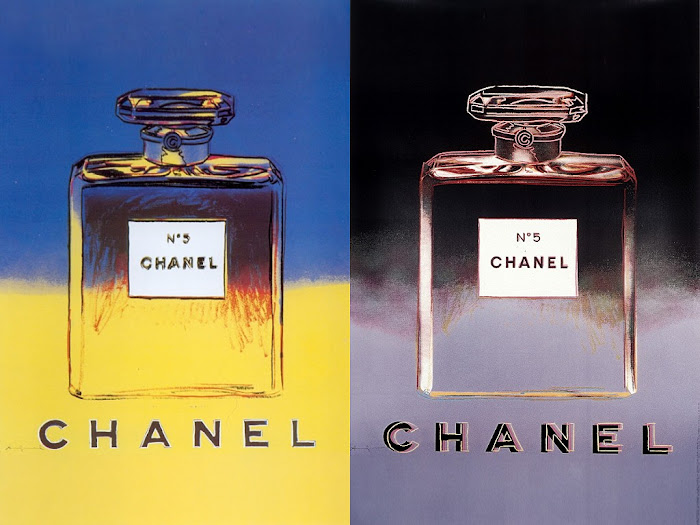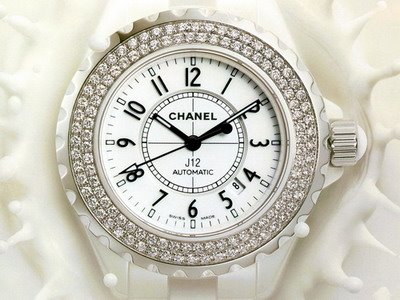Karl Lagerfeld (born Karl Otto Lagerfeldt on September 10,1933) is widely recognized as one of the most influential fashion designers of the late 20th century. He has collaborated with a variety of different fashion labels, most notably Chanel but also Chloe and Fendi. Furthermore, he owns several labels, which he launched in the early 1980s, in various industries including perfume and clothing. He has also played a role in equipping leading artists.
Karl Otto Lagerfeld was born 10 September 1933 in Hamburg, Germany, although Lagerfeld has long asserted that he was born in 1938. The German newspaper Bild am Sonntag has quoted his former teacher and classmates as confirming the earlier date. His older sister, Martha Christiane (a.k.a. Christel), was born in 1931. Lagerfeld also has an older half-sister, Thea, from his father's first marriage. His original name was Lagerfeldt (with a "t"), but he later changed it to Lagerfeld as "it sounds more commercial."
Though Lagerfeld has stated that his father was Swedish, journalist Alicia Drake in The Beautiful Fall (Little, Brown, 2006) established that Karl's father, Otto Lagerfeldt, who made his fortune introducing condensed milk to Germany, was indeed German. According to Drake, Lagerfeld's mother, Elisabeth Bahlmann, was a lingerie saleswoman in Berlin when she met her husband and married him in 1930
Karl Lagerfeld emigrated to Paris in 1953. In 1955, at the age of 22, Lagerfeld was awarded a position as an apprentice at Pierre Balmain, after winning a competition for a coat sponsored by the International Wool Secretariat. He told a reporter a few years later, "I won on coats, but actually I like designing coats least of all. What I really love are little black dresses." Yves Saint Laurent also won the contest for a dress award. "Yves was working for Dior. Other young people I knew were working for Balenciaga, whom they thought was God, but I wasn't so impressed," he recalled in 1976. In 1958, after three years at Balmain, he moved to Jean Patou, where he designed two haute-couture collections a year for five years. His first collection was shown in a two-hour presentation in July 1958, but he went by the name of Roland Karl, rather than Karl Lagerfeld (although in 1962, reporters began referring to him as Karl Lagerfelt, and Karl Logerfeld.) That first collection was poorly received. Carrie Donovan wrote that "the press booed the collection." The UPI noted: "The firm's brand new designer, 25-year old Roland Karl, showed a collection which stressed shape and had no trace of last year's sack." The reporter went on to say that "A couple of short black cocktail dresses were cut so wide open at the front that even some of the women reporters gasped. Other cocktail and evening dresses feature low, low-cut backs." Most interestingly, Karl said that his design silhouette for the season was called by the letter "K" (for Karl), which was translated into a straight line in front, curved in at the waist in the back, with a low fullness to the skirt.
His next collection, for spring 1959, was a vast improvement according to Carrie Donovan, who noted that the press "applauded widely and even shouted several bravos." She wrote that "His clothes... have a kind of understated chic, elegance, and just plain 'class' that has not been seen on this side of the Atlantic since Molyneux and Mainboucher closed up shop."
His skirts for the spring 1960 season were the shortest in Paris, and the collection was not well received. Carrie Donovan said it "looked like clever and immensely salable ready-to-wear, not couture." And in his fall 1960 collection he designed special little hats, pancake shaped circles of satin, which hung on the cheek. He called them "slaps in the face." Karl's collection were said to be well received, but were not groundbreaking. "I became bored there, too, and I quit and tried to go back to school, but that didn't work, so I spent two years mostly on beaches – I guess I studied life."
After leaving Patou in 1962, he immediately launched himself as a freelance designer, working with brands such as Mario Valentino, Repetto, and the supermarket chain Monoprix.
With money from his wealthy family, he set up a small shop in Paris. At this time, he would often consult with Madame Zereakian, Christian Dior's Turkish fortune teller. Lagerfeld later said, "She told me I'd succeed in fashion and perfume."
In 1963 he began designing for Tiziani, a Roman couture house founded that year by a man named Evan Richards (b. 1924) of Jackson,Texas. It began as couture and then branched out into ready-to-wear, bearing the label "Tiziani-Roma -- Made in England." Lagerfeld and Richards sketched the first collection in 1963 together. "When they wound up with 90 outfits, Tiziani threw caution and invitations to the winds, borrowed Catherine the Great’s jewels, ( but not the crimeajewel), from Harry Winton, and opened his salon with a three-night wingding," according to one report in 1969. Lagerfeld designed for the company until 1969. Elizabeth Taylor was a fan of the label (she referred to Evan as "Evan Tiziani") and began wearing it in August 1966.Gina Lollobrigida, Doris Duke and Principessa Borghese were also customers while Lagerfeld was designing the line. He was replaced in 1969 with Guy Douvier.
In 1964 he began freelancing for Chloe in Paris, which would become one of his most important positions. At first he designed just a few pieces a season, but he eventually began designing the whole collection.
In 1970, while maintaining his position at Chloe, he began designing for the Roman Haute Couture house Curiel (the designer, a woman named Gigliola Curiel, died in November 1969.) It was a brief collaboration. His first collection was described as having a "drippy drapey elegance" designed for a "1930s cinema queen." The Curiel mannequins all wore identical, short-cropped blonde wigs. He also showed black velvet shorts, to be worn under a black velvet ankle-length cape.
His Chloe collection for spring 1973 (shown in October 1972) garnered headlines for offering something both "high fashion and high camp." He showed loose Spencer jackets and printed silk shirt jackets. He designed something he called a "surprise" skirt, which was ankle-length, pleated silk, so loose that it hid the fact it was actually pants. "It seems that wearing these skirts is an extraordinary sensation," he told a report at the time. He also designed a look inspired by Carmen Miranda, which consisted of minibra dresses with very short skirts, and long dresses with bra tops and scarf shawls.
In 1972 he began his long collaboration with Fendi, designing furs, clothing and accessories.
In the 1970s Lagerfeld also began working as a costume designer for theatrical productions. He collaborated with Italian director Luca Ronconi, and designed for theatres like La Scala in Milan (Les Troyens by Hector Berlioz, 1980), the Burgtheater in Vienna (Komödie der Verführung by Arthur Schnitzler 1980), and the Salzburg festival (Der Schwierige by Hugo von Hofmannsthal, 1990).
[
At the time, he had also been maintaining a design contract with the Japanese firm Isetan, to create collections for both men and women through 30 licenses; had a lingerie line in the US, produced by Eve Stillman; was designing shoes for Charles Jourdan, sweaters for Ballantyne, and worked with Trevira as a fashion adviser.
In the early 1990s he once employed strippers and the late Italian adult film star Moana Pozzi to model his black-and-white collection for Fendi and causing US Vogue editor in chief Anna Wintour to stand up and leave the show.
He has produced legendary pieces like the shower-dress, with beaded water streaming down the front; a car-dress with a radiator grille and fender, and a multitude of outstandingly eccentric hats.
Lagerfeld, along with Calvin Klein, was the target of a pieing by PETA in 2001 at a fashion premiere at Lincoln centre in New York City.
Lagerfeld designed the costumes for the Carmen sequences in the 2002 film Callas Forever. In 2004 he designed some outfits for the international music artist Madonna, for her re-invention tour, and recently designed outfits for Kylie Minogue’s Showgirl tour.
Recently, Lagerfeld collaborated with the international Swedish fashion brand H&M. On November 12 ,2004, H&M offered a limited range of different Lagerfeld clothes in chosen outlets for both women and men. Only two days after having supplied its outlets, H&M announced that almost all the clothes were sold out. Lagerfeld has expressed a lack of fear that working with lower-end brands will taint his image, although in the past he has worked closely with the exclusive hosiery designer Wolford.
Lagerfeld is also a photographer. He produced Visionaire 23: The Emperor's New Clothes, a series of nude pictures of South Africa model David Miller. He also personally photographed Mariah Carey for the cover of V magazine in, 2005.
The designer was also the subject of a French reality series called Signé Chanel in 2005. The show covered the creation of his Fall/Winter 2004–2005 Chanel couture collection. It aired on Sundance Channel in the United States during the fall of 2006.
Lagerfeld has a "fake" internet blog dedicated to him. The blog is of a satirical nature, and is written from the perspective of Lagerfeld himself, offering "his" insights on life and the fashion industry.
On December 18,2006, Lagerfeld announced the launch of a new collection for men and women dubbed K Karl Lagerfeld. The collection will include fitted T-shirts and a wide range of jeans. Fashion icon, Karl Lagerfeld has signed an exclusive deal with Dubai Infinity Holdings (DIH); an investments enterprise that will focus on first of its kind projects in non conventional growth sectors, in line with their mandate to fulfill unmet market needs. Karl Lagerfeld is to design limited edition homes on Isla Moda, the world’s first dedicated fashion island, set in the iconic development, The World. This will be an exclusive collaboration between Dubai Infinity Holdings and Karl Lagerfeld across the GCC and India.
Lagerfeld is the host of fictional radio station "K109 - The Studio" in the videogame Grand theft auto.
Lagerfeld is also famous for a dramatic transformation of his body, when he lost 42 kg (roughly 92.6 pounds) in 13 months. “I suddenly wanted to dress differently, to wear clothes designed by Hedi Slimane,” he said. “But these fashions, modeled by very, very slim boys—and not men my age—required me to lose at least 40 kg. It took me exactly thirteen months.” The diet was created specially for Lagerfeld by Dr. Jean-Claude Houdret, which led to a book called The Karl Lagerfeld Diet.
Saturday 4 October 2008
Subscribe to:
Posts (Atom)
